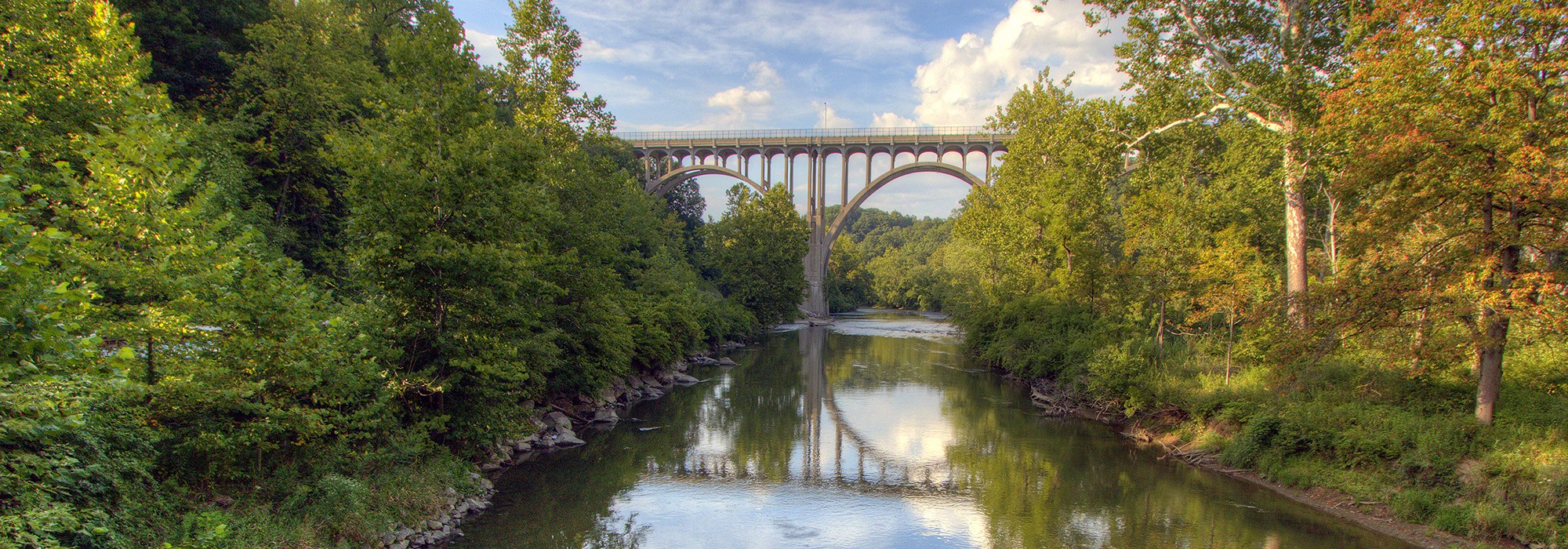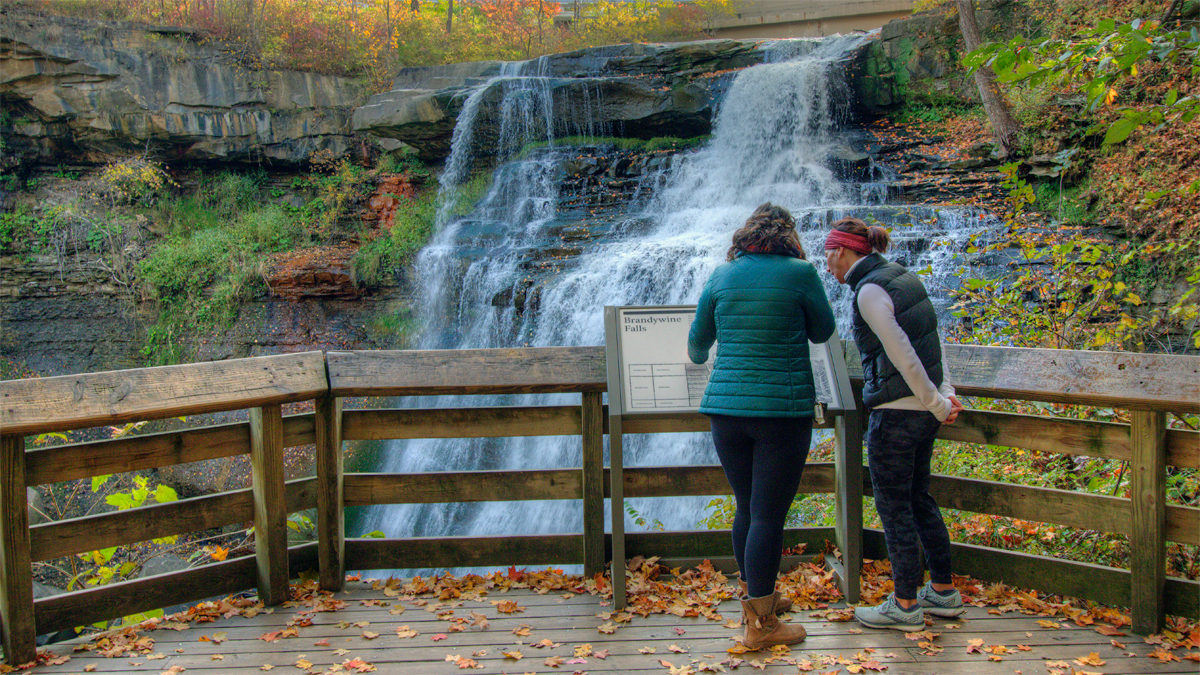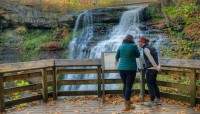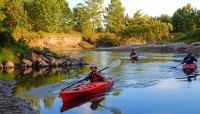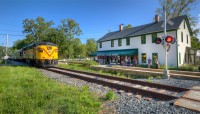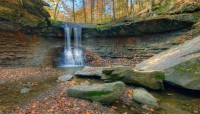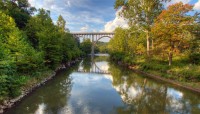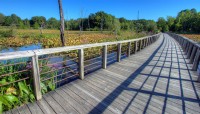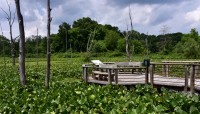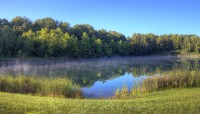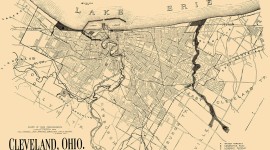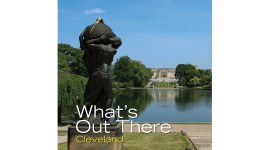Landscape Information
Located between Akron and Cleveland, this 32,572-acre park encompasses 22 miles along the Cuyahoga River and its surrounding valley. The land has been shaped over many centuries into diverse and distinct areas of varying topography, vegetation, and settlement, including steep ravines, dense woodlands populated by native ash, cherry, and red maple, hedgerows of Osage orange, historic roadways, and open fields cleared for pasture and agricultural uses. Once populated by the Hopewell and Whittlesey peoples, the valley was later settled by families moving westward from America’s eastern coast beginning in the late eighteenth century. In the 1820s, mill towns were established along the river, and in 1827 development increased following the opening of the Ohio & Erie Canal.
After the canal was abandoned in 1913, the valley’s scenic landscape features continued to attract visitors from the nearby metropolitan areas. A 1925 report by Olmsted Brothers for the Summit County Park Board highlighted the “natural advantages” of the Cuyahoga Valley as public parkland. In the 1930s the Civilian Conservation Corps installed several rustic park shelters, and in 1968 the Modernist Blossom Music Center pavilion, designed by Cleveland architect Peter van Dijk, opened to the public and became the summer home of the Cleveland Orchestra. In 1974, as suburban development encroached on the valley, President Gerald Ford established the Cuyahoga Valley National Recreation Area. A patchwork of natural and cultural resources, the park also includes archaeological sites, remnants of heavy industry associated with the canal, and more than 600 historic structures, including many associated with the Ohio and Erie Canal National Heritage Area. The park offers opportunities for year-round passive recreation, including 140 miles of hiking, biking, and horseback riding trails, and areas for skiing and tobogganing.
In 2000 the area was officially designated as a National Park and is managed by the National Park Service in partnership with Cleveland Metroparks, Summit Metroparks, and the Western Reserve Historical Society.



